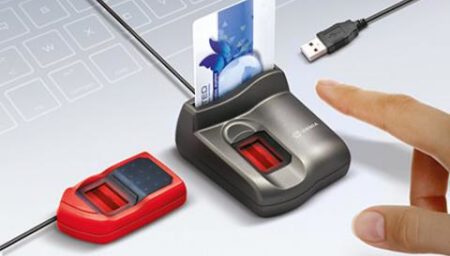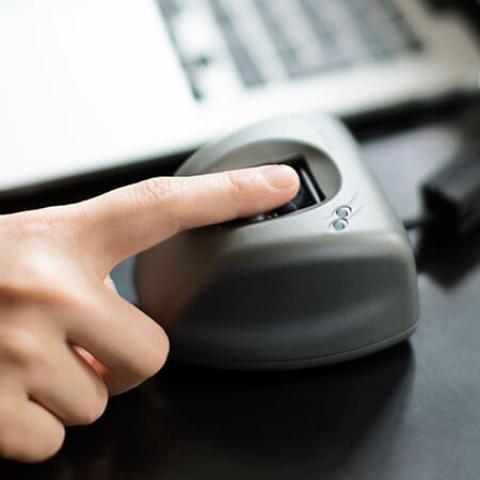Delivering desktop security at the touch of a finger with MSO 1300 Series


MSO 330 and 331 are designed for fingerprint enrollment for civil and corporate use. Thanks to a FAP30 optical fingerprint sensor offering +16% surface vs FAP20, the MSO readers allow high-definition fingerprint capture and excellent processing performance. They are designed to cope with fingerprint registration of the young, old, and manual laborers.
With an internal database capable of handling 5,000 users, MSO 330 and 331 readers are ideal for a wide range of applications: population enrollment, border control, access control to sensitive IT systems, in-store or online payments.
Along with class-leading image acquisition certified to FBI PIV IQS1 and STQC2 standards, each reader provides biometric template coding and matching thanks to its embedded MINEX3 compliant algorithms. As options, the range also offers an enhanced, patented optronic liveness detection function (Common Criteria certified) with the MSO 331, and security features to protect users’ data.
MSO 330 and 331 readers can easily be integrated into various applications thanks to the MSO SDK, available for Windows and Linux platforms.
1 Image Quality Specifications
2 Standardisation Testing and Quality Certification Directorate: an office of the Government of India providing quality assurance services in the area of Electronics and IT.
3 Interoperability test used to establish compliance of template generators and template matchers for the U.S. Government’s Personal Identity Verification (PIV) program.
A tough metallic casing protects the field-proven optical fingerprint sensor of the MSO readers, which have been widely deployed in harsh environments (mines, seaports, etc.).
MSO readers carry out both fingerprint enrollment and comparison (1:1 authentication and up to 1:5000 identification).
With its 25,4mm x 20,3mm sensing area thanks to an FAP30 fingerprint optical sensor, the MSO readers offer excellent fingerprint capture. Images are processed on-device by top class coding and matching algorithms.